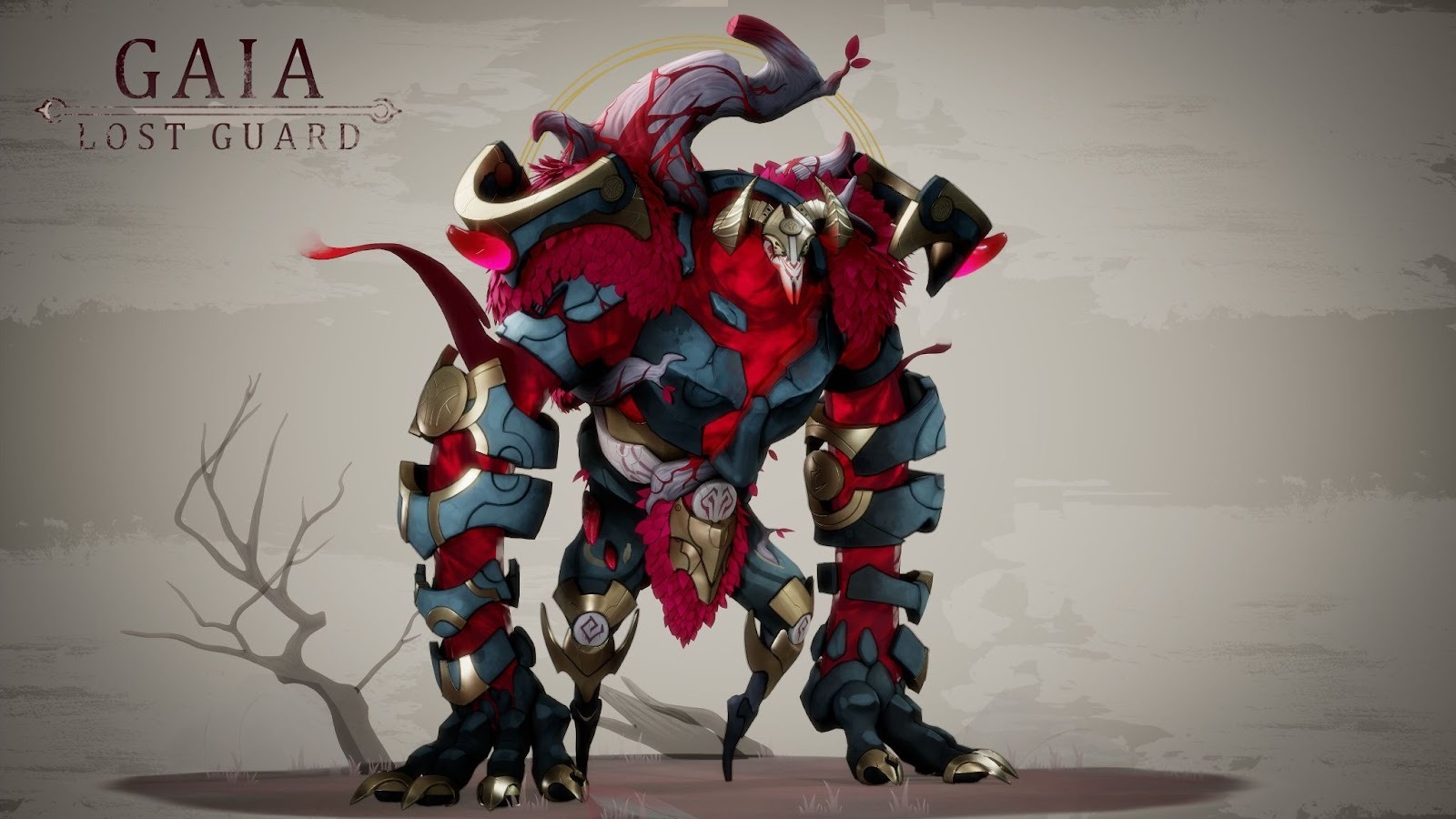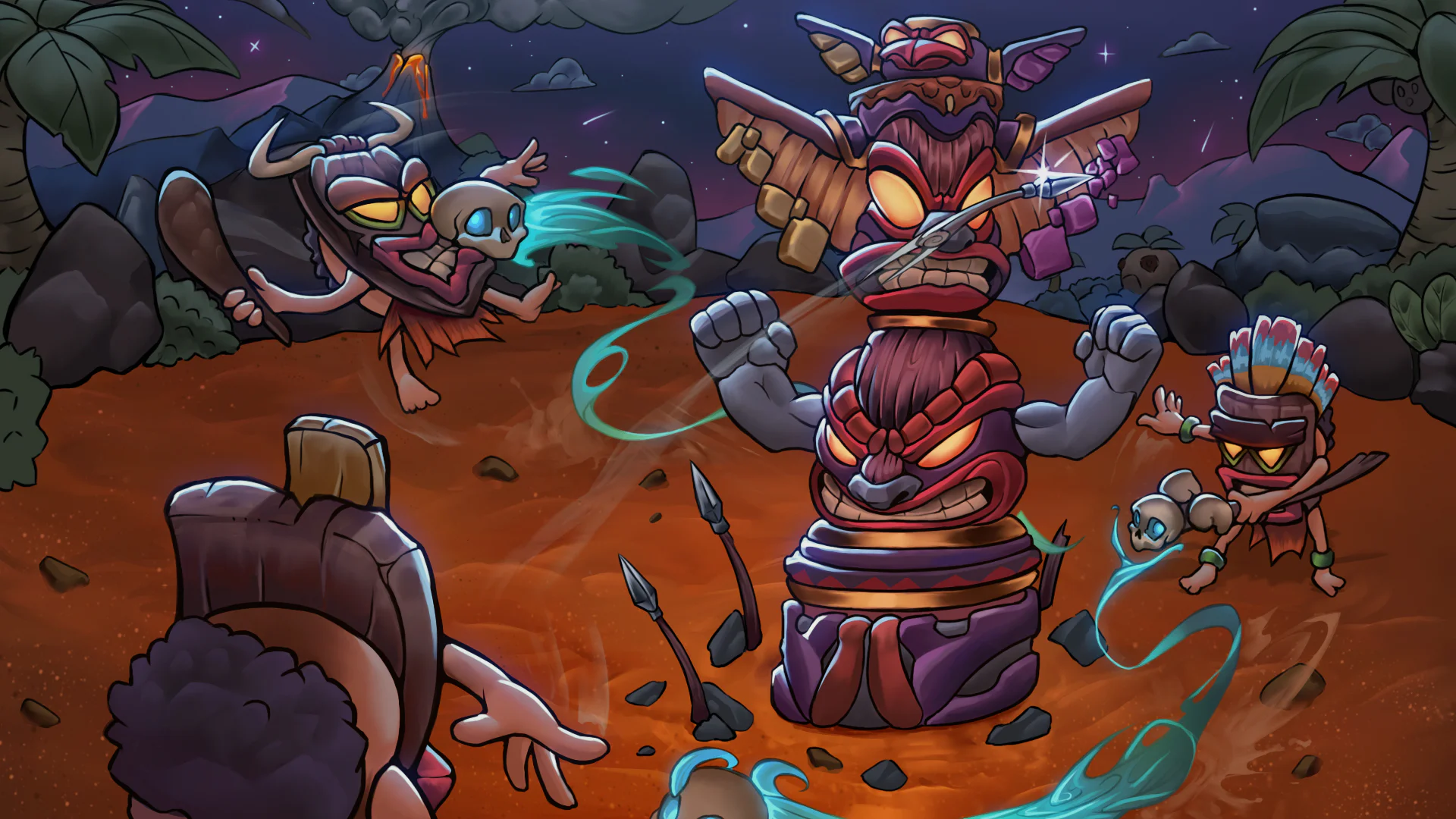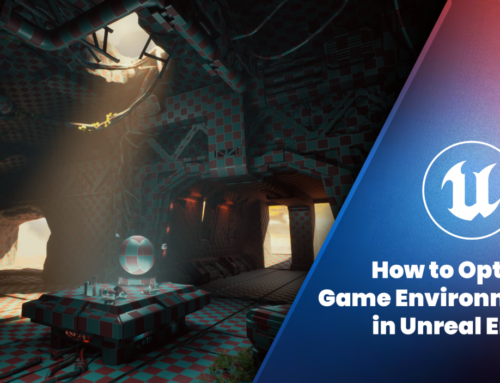10 Mistakes to Avoid in Character Design
Character design brings imagination to life by transforming ideas into powerful visual stories. It defines how characters, worlds, and emotions take shape before animation or modeling begins, setting the creative direction for any project.
Still, many artists make common mistakes that hold their designs back. From weak storytelling to poor anatomy or color choices, these errors can reduce visual impact. Avoiding them can help you create visuals that feel original, balanced, and creatively strong. These are the kinds of skills you can master through an online course.
Mistakes You Should Avoid in Character Design
Creating powerful character designs takes more than just creativity; it requires planning, storytelling, and attention to detail. Many beginners make small but impactful mistakes that can reduce the quality of their designs. Let’s look at the most common ones.
1. Ignoring the Story Behind the Design
Every memorable character has a story that shapes their appearance. Many beginners design for style alone, creating visuals with no emotional depth.
A character’s scars, clothes, or accessories should tell something about their journey. For example, a pirate’s torn jacket might show years at sea, while a knight’s damaged armor could reflect a lost battle.
Tip: Think about who your character is, where they’ve been, and what drives them.
Result: Story-driven details make your design believable and emotionally powerful.

2. Weak Understanding of Anatomy and Proportion
Even in stylized art, believable anatomy matters. When proportions are off or poses look stiff, your design loses life.
Why it matters: Anatomy gives your character weight and movement. Without it, the viewer can’t connect.
Tip: Study real body structure and gestures. Observe how people move, bend, and react.
Result: Your characters will feel natural, dynamic, and expressive.
3. Overdesigning and Adding Unnecessary Details
More isn’t always better. Beginners often keep adding belts, layers, or patterns until the design feels crowded.
Avoid this: Too many elements confuse the viewer and hide the main idea.
Tip: Focus on clarity. Every item should serve a purpose or tell part of the story.
Result: Clean, focused designs stand out and are easier to remember.
4. Weak Silhouette and Shape Language
A character’s silhouette should tell who they are, even in shadow. If the outline looks dull or generic, it won’t grab attention.
Example: Think of iconic silhouettes like Darth Vader or Sonic. You recognize them instantly.
Tip: Experiment with different shapes, round for friendly, angular for dangerous, and square for strong.
Result: A distinct silhouette adds instant appeal and personality to your art.
‘‘If you’re passionate about creating unique worlds and characters, it’s time to learn character design online with M3DS Academy. Our expert-led courses help you master design fundamentals, storytelling, and professional workflows used in the game and film industry.’’
5. Inconsistent Design Language
Consistency builds realism. Every design choice, color, texture, or proportion should match the world your character belongs to.
A medieval knight with neon armor or a villager wearing sci-fi gadgets breaks immersion unless there’s a story reason behind it.
Tip: Match every element to the environment and time period of your world.
Result: Cohesive designs look professional and believable.
6. Ignoring Functionality and Practical Logic
Even fantasy art needs logic. A stunning design that makes no sense in motion feels unrealistic.
Example: A fighter with heavy armor but no flexibility can’t move effectively.
Tip: Think about how the character would actually live, move, or fight in their world.
Result: Designs become grounded, practical, and relatable to the audience.

7. Poor Understanding of Color and Value
Colors tell emotion, and value (light and dark contrast) controls focus. Without balance, designs appear flat or confusing.
Tip: Use color to express mood warm tones for passion, cool tones for mystery. Check values in grayscale to ensure good contrast.
Result: A balanced use of color and value enhances storytelling and visual harmony.
👉 Learn more articles about mastering 3D art and creative design techniques
8. Designing Without Considering Environment or Context
A character never exists alone; their design should reflect the world around them.
Example: A desert explorer wears light fabrics and sand tones, while a cyberpunk hacker might have glowing accents and tech wear.
Tip: Use textures, materials, and lighting that match the environment.
Result: Characters feel more connected to their world, making the project more immersive.
9. Avoiding Feedback and Revision
No artist gets it perfect the first time. Many beginners fear criticism, but feedback is where growth happens.
Tip: Share your sketches with mentors or peers, take suggestions, and make changes.
Result: Each revision sharpens your skills and improves the quality of your designs.
10. Rushing the Final Presentation
After hours of work, some artists hurry the final touches, and the presentation suffers. Weak rendering or poor lighting can ruin an otherwise great concept.
Tip: Take time to refine lighting, composition, and layout. Add turnarounds or close-up shots to show detail.
Result: A clean, professional presentation highlights your skill and vision.
How to Strengthen Your Character Design Skills
At M3DS Academy, we believe that mastering character design goes beyond avoiding mistakes; it’s about learning, practicing, and growing with the right guidance. To become a skilled character designer, you need structured training, creative discipline, and continuous feedback from experts.
- Master the Fundamentals: Strengthen your understanding of anatomy, perspective, and lighting to create believable designs.
- Use Real References: Observe real-life people and environments to add depth and realism to your work.
- Practice Daily: Sketch regularly and experiment with new ideas to find your unique creative style.
- Seek Constructive Feedback: Learn from mentors and peers to refine your designs and storytelling.
- Work on Real Projects: Apply your skills to 3D modeling, game development, and digital art projects that mirror industry standards.
Through advanced courses and guided mentorship, M3DS Academy helps aspiring and professional artists sharpen their creative vision and build industry-ready portfolios. Whether you’re starting fresh or leveling up your skills, our programs empower you to design with confidence, purpose, and storytelling.
Take the first step toward your creative future with a free consultation now.
Final Thoughts
Character design is more than artistic skills; it’s a form of visual storytelling. Every choice, from color to anatomy, helps shape a character’s story and emotion. By avoiding common mistakes, you can create designs that feel real, balanced, and memorable.
Strengthen your creative foundation through structured learning. Learn through 3D art or game development courses to refine your storytelling, design logic, and visual impact, and let every piece you create speak with purpose.







